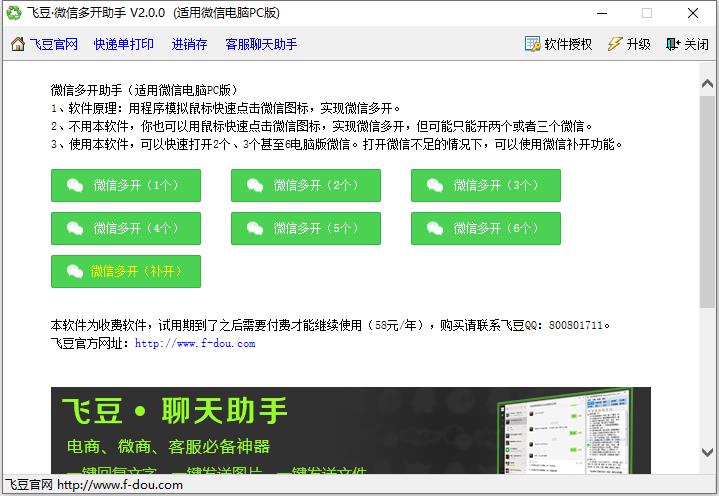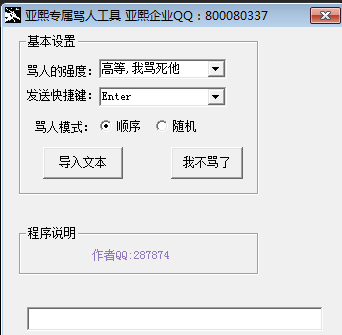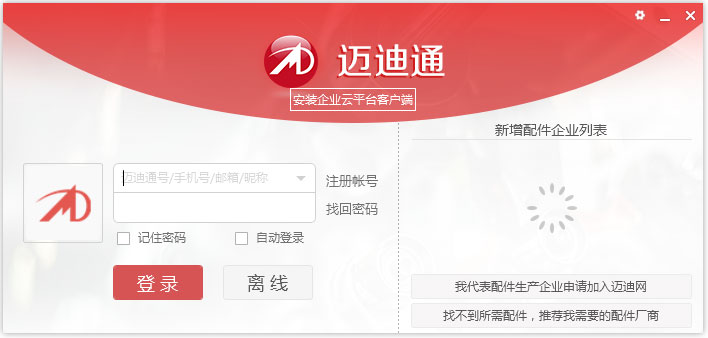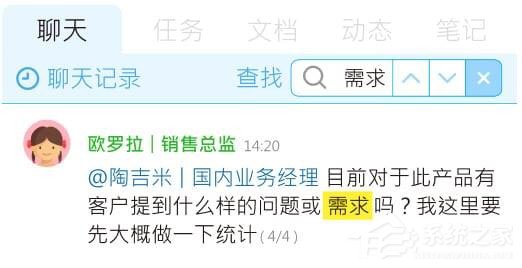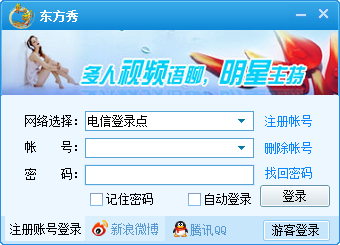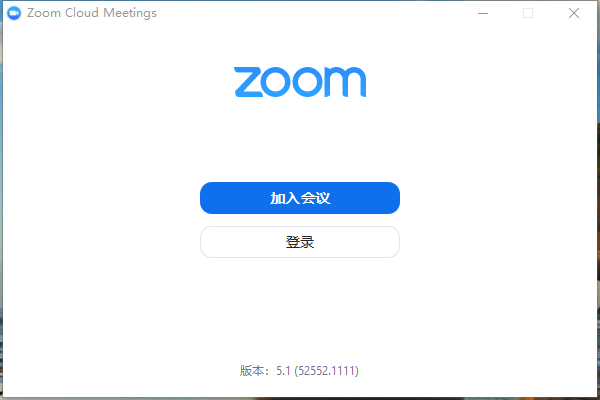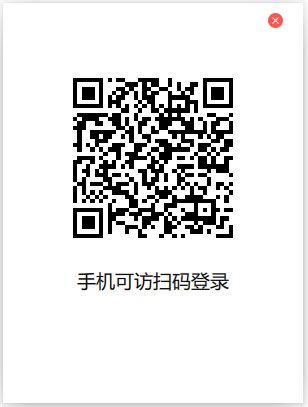Python中如何进行二进制数据读取操作?
时间:2023-05-08 20:40
bytes:一种字符序列的类型。通过比较 dir(str) 与 dir(bytes) 可知,两者的属性与方法很相似,只有少数几个不同。所以 bytes 也是可以像 string 一样,对字节序列有各种操作方法,如查找(find),求长度(len),切割(split),切片等。 bytes 的优点是:Python 内置的方法,不需要的额外的安装三方模块。 但缺点也很明显:只能单个查询,不能一次查询多个需要的结果。 首先通过 open 的 rb 模式打开文件,读取内容为 bytes 类型。查找特定字符串有 find() 方法,但是此方法只能找到第一个符合要求的字符串索引,并且给出的不是单个位的索引,而是 8 位一个字节的索引。当需要查找多个符合的字符串,却没有内置的 findall() 方法。如果要查询多个,过程会麻烦,首先查到第一个符合的索引 1,以此索引 1 为开始,查询第二个符合的索引 2,以此类推,直到查询结束。 注意上述代码,start_char 和 end_char 会出现多次,次数并不一定会一样,需要获取两个索引之间的内容,但是既无法循环,也不能一次查完。需要多次执行已注释的那行代码,获取关键字索引。由于不知道文件数据中会有多少个开始标志,也就不知道执行多少次,这应该采用循环解决,但似乎没有可供循环的变量。这使得问题更加复杂。 其次,由于是获取两个标志之间的内容,所以,以上过程需要执行两遍。因此过程更显得繁杂无比。 因此,寻找新的方法,是完全必要的。 bitstring 是一个三方包,以字节流形式读取二进制文件。 bitstring.py 文件的第一句话是:This package defines classes that simplify bit-wise creation, manipulation and interpretation of data. 翻译如下:这个包定义的类简化了数据的逐位创建、操作和解释。 简单理解就是,直接操作 bytes 类型的数据。 有主要的四个类,如下: Bits -- An immutable container for binary data. Bits -- 二进制数据的不可变容器。 像 bytes 一样,首先读取文件内容,查找关键字索引,切片获取数据内容。 代码分析,首先导入需要的两个类:ConstBitStream, BitStream。获取文件内容,findall() 查找所有符合的字符串索引,find() 查找第一个符合的字符串索引。取开始、结束两个列表的较小值,切片获取数据,类型为 ‘bitstring.ConstBitStream’,BitStream.tobytes() 方法转为 bytes 类型,中文字符会乱码,所以再用 decode() 解码,得到需要的字符串。 整个过程还是简洁、连续。代码中用到了 findall()、find()、tobytes() 方法。此外还有许多小细节需要注意,比如,start_indexs 如果为空,后续的代码就不该执行了,end_indexs 为空亦是如此。 由此可见,bitstring 这个包还是比较好用的。根据需求,用到的方法比较少,其实还有许多其他的方法,按需选择。 以上就是Python中如何进行二进制数据读取操作?的详细内容,更多请关注Gxl网其它相关文章!bytes
with open(path, 'rb') as f: datas = f.read() start_char = datas.find(b'Start') # start_char2 = datas.find(b'Start', start_char) end_char = datas.find(b'End', start_char) # end_char2 = datas.find(b'End', start_char2) data = datas[start_char:end_char] print(data)
bitstring
BitArray -- A mutable container for binary data.
ConstBitStream -- An immutable container with streaming methods.
BitStream -- A mutable container with streaming methods.
BitArray -- 二进制数据的可变容器。
ConstBitStream -- 具有流方法的不可变容器。
BitStream -- 具有流方法的可变容器。# update at 2022/05/06 start# from bistring import ConstBitStream, BitStreamfrom bitstring import ConstBitStream, BitStream# update at 2022/05/06 endhex_datas = ConstBitStream(filename=path) # 读取文件内容start_char = b'Start'start_chars = hex_datas.findall(start_char, bytealigned=True) # 一次找到全部符合的,返回一个生成器start_indexs = []for start_char in start_chars: start_indexs.append(start_char)end_char = b'End'end_indexs = []for start_index in start_indexs: end_chars = hex_datas.find(end_char, start=start_index, bytealigned=True) # 找到第一个符合的,返回元组 for end_char in end_chars: end_indexs.append(end_char)result = []for i in range(min(len(start_indexs), len(end_indexs))): hex_data = hex_datas[start_indexs[i]:end_indexs[i]] str_data = BitStream.tobytes(hex_data).decode('utf-8') result.append(str_data)
